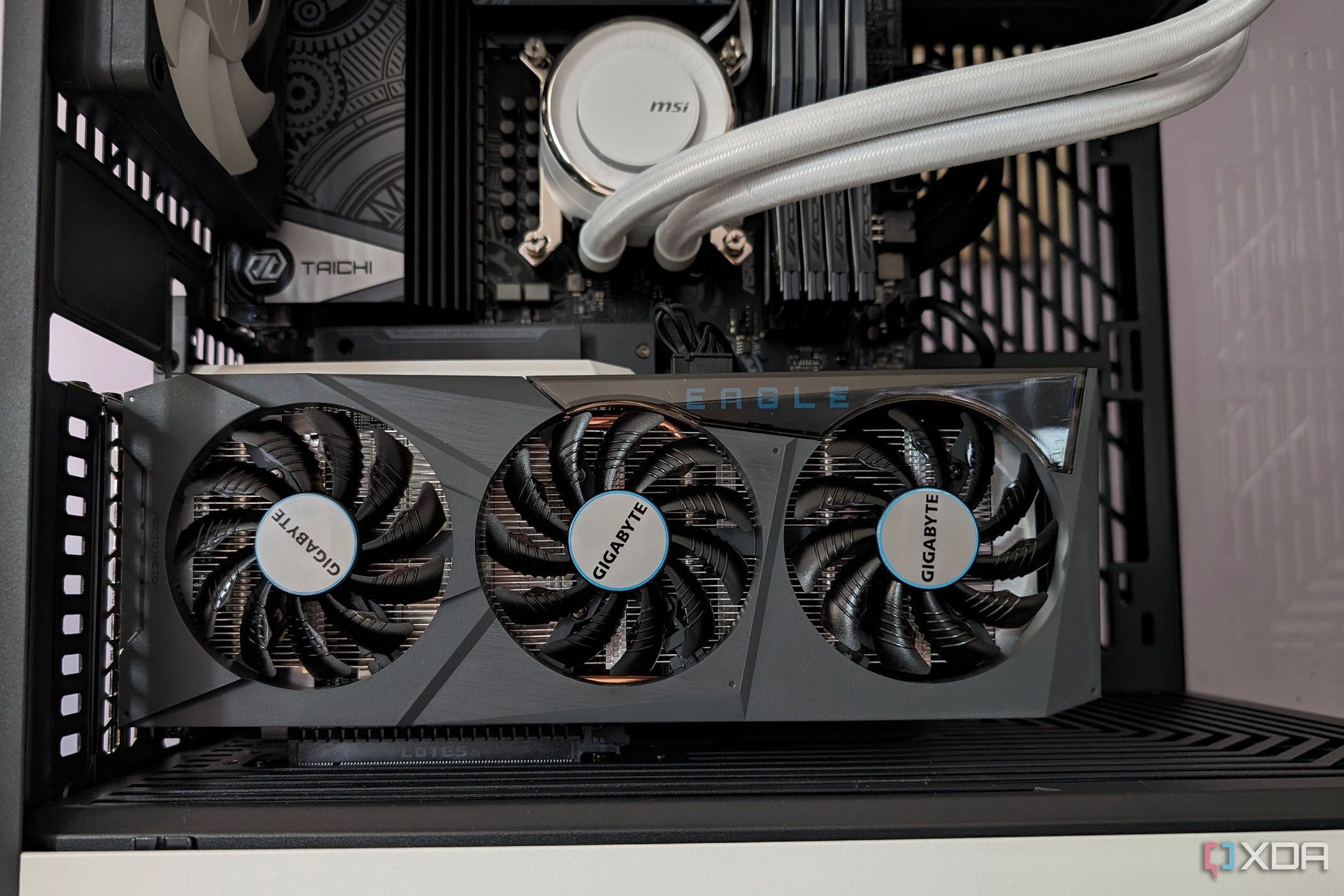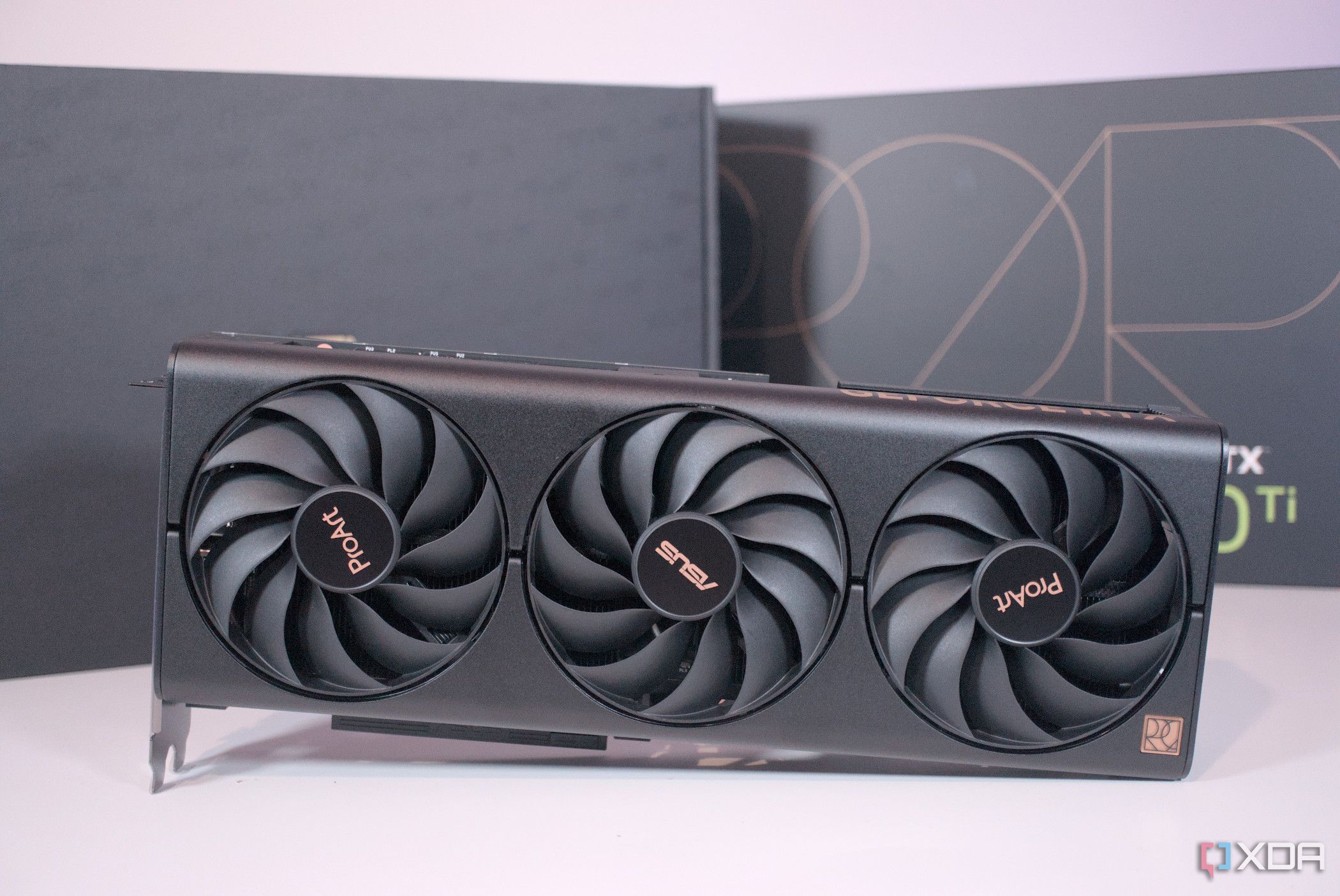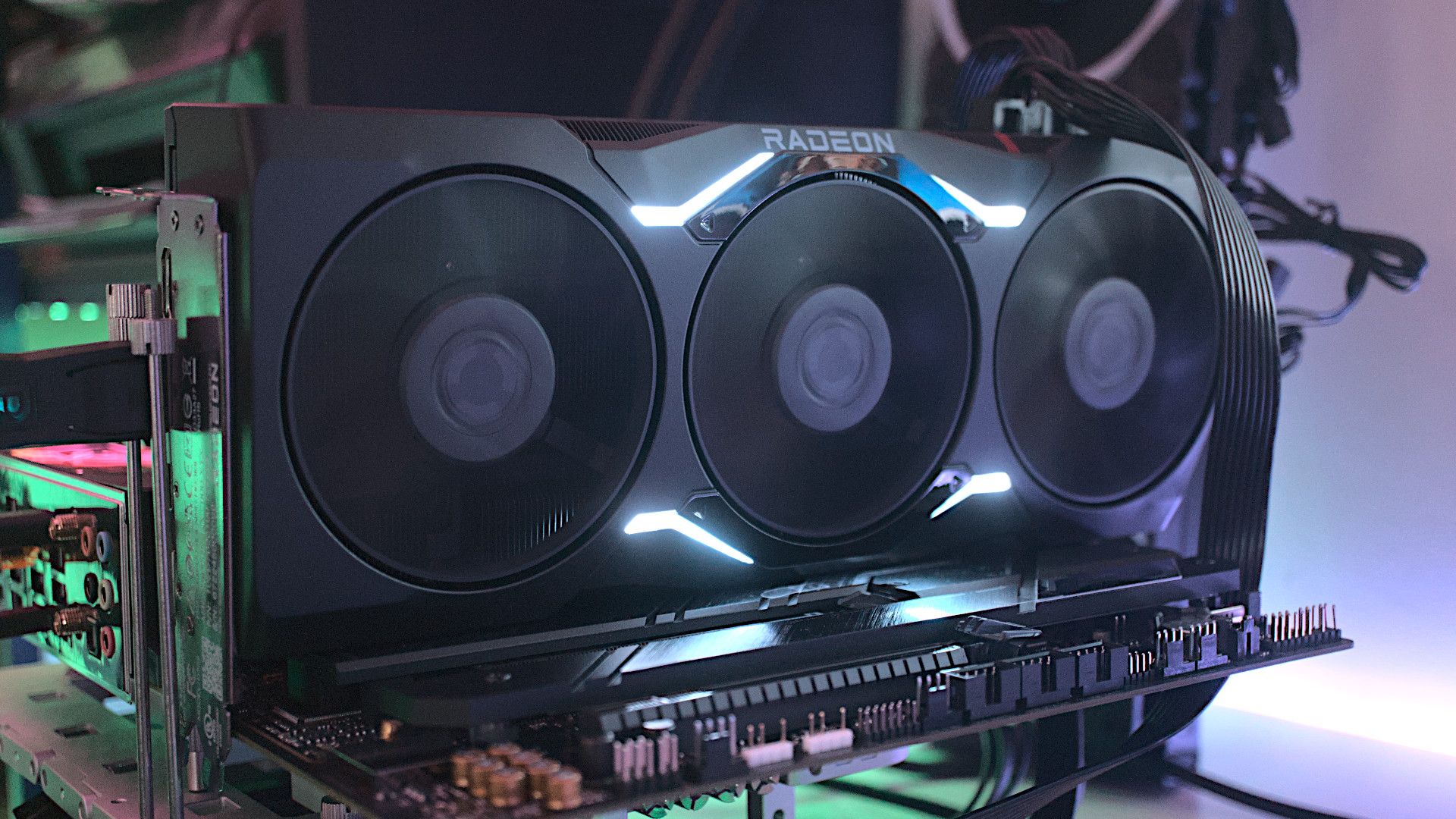Of all the components inside your PC, the graphics card is the one that works the hardest yet offers the least trouble. You’ll rarely encounter an issue with the GPU and if you do it’s likely related to the driver and not the device itself. There are instances where the GPU fails, however, and one could be the cooling solution attached to cool the chip. What happens if your GPU fans fail and could this cause issues for using the PC or playing games? I’m going to explain all!
Why a graphics card cooler is important
Farewell, thermal throttling!
The GPU is the large chip on the printed circuit board, processing all the instructions to render video on the connected monitor. This chip produces a lot of heat. But that’s not the only component the cooler has to tackle. There are voltage regulator modules (VRMs) on the GPU that also work hard and produce waste heat. Then there’s the RAM and all other miscellaneous parts of the card. Everything needs cooling and that’s where the (usually) giant shroud with multiple fans comes into play.
As well as designing the PCB, a portion of the research and development by a manufacturer goes into the cooling. It’s why they make such a big deal about the coolers in marketing. It’s not all for show as these fans make a difference and prevent your GPU from hitting temperatures that could cause the component to thermal throttle. We must avoid this at all costs, which is why the cooling on your GPU could be classed as overkill. The manufacturer has to take into account all possible PC builds and cases.
2:02
How to check your graphics card temperature on Windows 11
If you want to know whether your GPU is getting too hot, Windows 11 makes it pretty easy to check. Here’s how to do it.
Are GPU fans not spinning a problem?
Not if you’re running low GPU loads
Some PC cases may not have the best airflow, causing temperatures to increase. This is why there’s ample headroom for the fans and the operating temperatures of the GPU. If the fans fail, you could encounter some trouble when attempting to run software or games that task the GPU with heavier workloads. Luckily, modern GPUs are designed to run without active cooling (thanks to the massive heatsinks) when not hit with heavy loads but can quickly ramp up fan speeds when required.
Don’t worry if you spot your GPU fans stopping or not spinning when playing less demanding games or other computing tasks as the GPU is designed to run passively cooled up to a point. This saves noise, energy, and wear on the spinning parts.
If you’re playing heavier games or working with media using resource-intensive software and notice a system responsiveness drop or the OS crash, it could be due to the GPU getting too hot. If the fans are not spinning, this is where problems can start to take form, rendering your graphics card useless. There are a few suggestions to run through to see what’s going on and if we can fix the graphics card cooler without ordering replacement parts or sending it to the manufacturer.

Is your graphics card acting up? Here’s how to reset the driver and resolve display issues
Say goodbye to all your graphics troubles with a quick reset
How to troubleshoot GPU fans not spinning
It could be an easy fix
If your GPU fans are not spinning at all and you’re hitting Blue Screens of Death (BSOD) or system crashes, here’s what I recommend you do to check your GPU and its fans are running as designed.
Is your GPU correctly installed?
This may seem like a strange step to take, but all power cables to your GPU must be correctly seated and you hear an audible click when attaching them to the card. You should also check the GPU itself and whether it’s securely inserted into the motherboard PCI slot. Usually, the system shouldn’t boot with a borked GPU installation but there’s a slim chance your GPU could be hanging by a pin. Also, while here, check to see if the fan cable on the GPU hasn’t come loose (it may be hidden beneath the shroud).
Dust may have clogged the fans
Dust is a PC’s kryptonite. No matter how many measures are in place, it will always find a way inside your PC case. Fans are susceptible to dust due to the moving parts sucking in air and particles, which then stick to the blades, the motor housing, and other parts. If you haven’t cleaned your system for some time (I recommend a monthly air blast), it may be time to take apart the PC for a clean.
Are your GPU drivers up to date?
It’s worth checking if your drivers are up to date or even reinstalling them altogether. This is to rule out software being the culprit preventing the fans from spinning up and cooling your GPU. If you’ve manually set a fan curve, check you’ve not done something reckless.
If all else fails…
Try the GPU inside another system, if you have one at hand. If not, I suggest reaching out to your GPU manufacturer if it’s still under warranty. You may need to look at sourcing a replacement shroud and/or fans if it’s an older graphics card.


